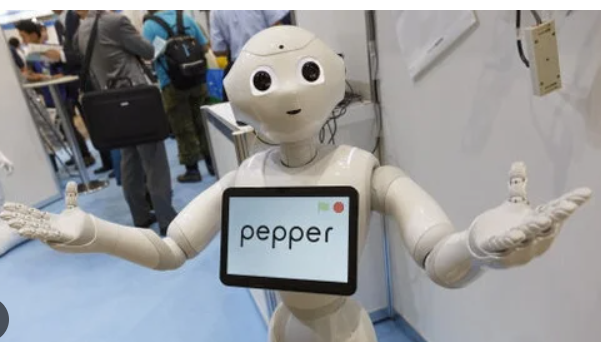SOFTBANK BUYS ABB’S ROBOTICS UNIT FOR $5.4B, BETTING ON A NEW WAVE OF FACTORY AUTOMATION

Deal logic, product map, and what Masayoshi Son is really buying
SoftBank Group agreed to acquire ABB’s robotics business in a $5.4 billion deal, marking founder Masayoshi Son’s biggest push back into industrial automation since the conglomerate’s retrenchment from splashy tech bets. The purchase gives SoftBank a premier portfolio of articulated industrial arms, collaborative robots, and application software used across auto, electronics, logistics, and food processing lines. ABB’s installed base—tens of thousands of robots tied into factories worldwide—arrives with service contracts, integrator relationships, and a pipeline of standardized “cells” for pick-and-place, welding, painting, palletizing, and machine tending. Strategically, Son is buying time as much as hardware: ABB’s mature platforms can absorb rapid upgrades in vision, motion planning, and edge AI without waiting for a clean-sheet product. That matters as manufacturers seek shorter changeover times and flexible lines that can switch SKUs in days, not months. The portfolio also complements SoftBank’s interests in logistics and mobile autonomy, creating cross-sell opportunities between fixed robotic cells, autonomous carts, and AI scheduling software.
Pricing power, China exposure, and where growth could come from next
The business rides secular trends that survived supply-chain whiplash: labor scarcity, rising quality tolerances, and demand for traceable, low-defect production. Price discipline remains tight in heavy industry, but mid-cycle refreshes—adding force sensing, depth cameras, and low-latency controllers—can lift revenue per unit and expand service annuities. China is both the swing factor and the risk. It is the largest robotics market by installations, with domestic champions cutting prices and compressing margins; yet multinational brands retain an edge in high-precision applications and safety certifications. ABB’s footprint in Europe and North America diversifies that risk while exposing SoftBank to reshoring incentives, including subsidies for semiconductor packaging, battery assembly, and EV drivetrains. Another growth pocket is small and medium manufacturers who historically balked at integration complexity; “cobots” paired with pre-validated software stacks shorten deployment to weeks and reduce the need for custom programming. If SoftBank can bundle financing, training, and uptime guarantees, it can convert one-off capex into recurring revenue contracts—an investor-friendly profile. The watch list now includes regulatory sign-offs in multiple jurisdictions, labor-group reactions where robots are visible on shop floors, and the roadmap for ABB’s remaining motion businesses that interface with robots. For customers, continuity will be the first question: parts availability, software support windows, and integrator certification must stay predictable during the handover. For competitors—from Fanuc and Yaskawa to domestic Chinese makers—the near-term response is likely faster iteration on mid-range arms and more aggressive pricing on service contracts. The medium-term contest, however, will be won on throughput, safety, and time-to-value: robots that install faster, learn quicker, and fail less will own the next capex cycle. SoftBank’s calculus is that a mature platform infused with better AI and vision can meet that bar sooner than a greenfield skunkworks—and that the robotics supercycle, paused by macro jitters, still has years to run as factories chase flexibility and labor buffers.






















